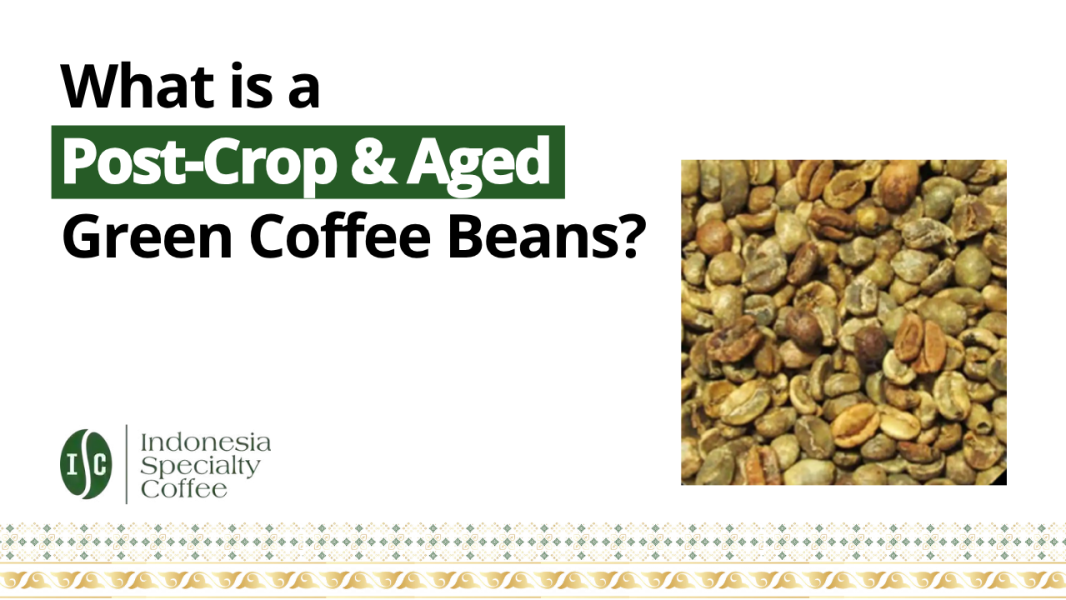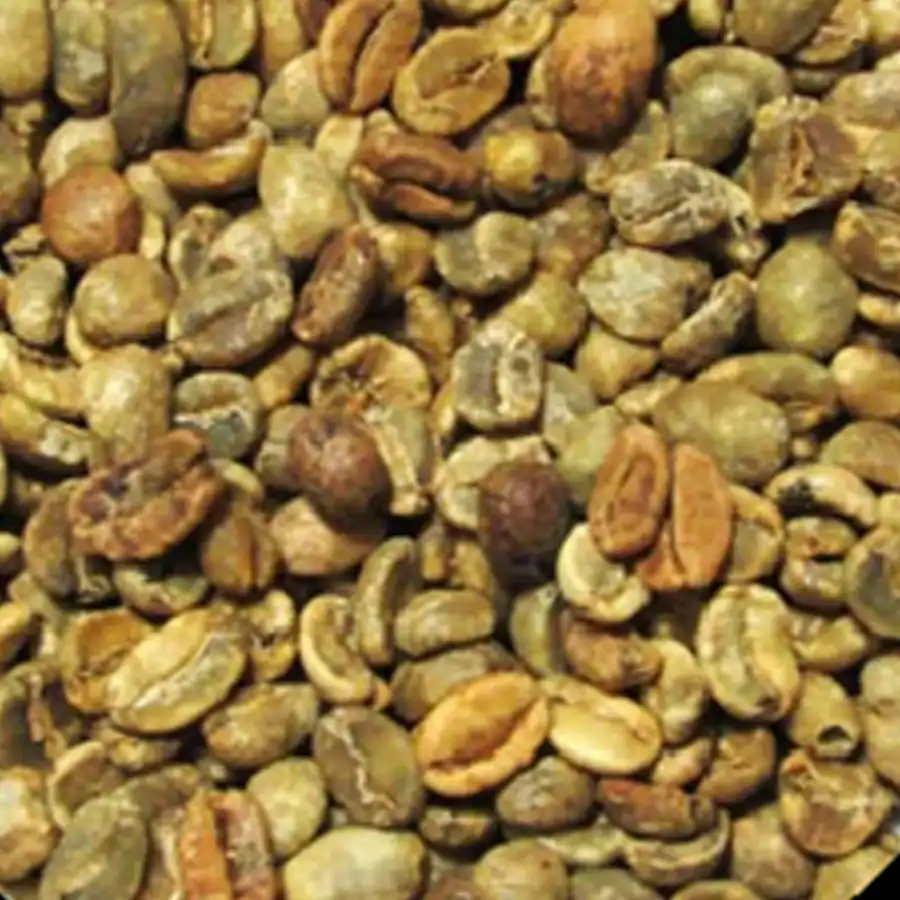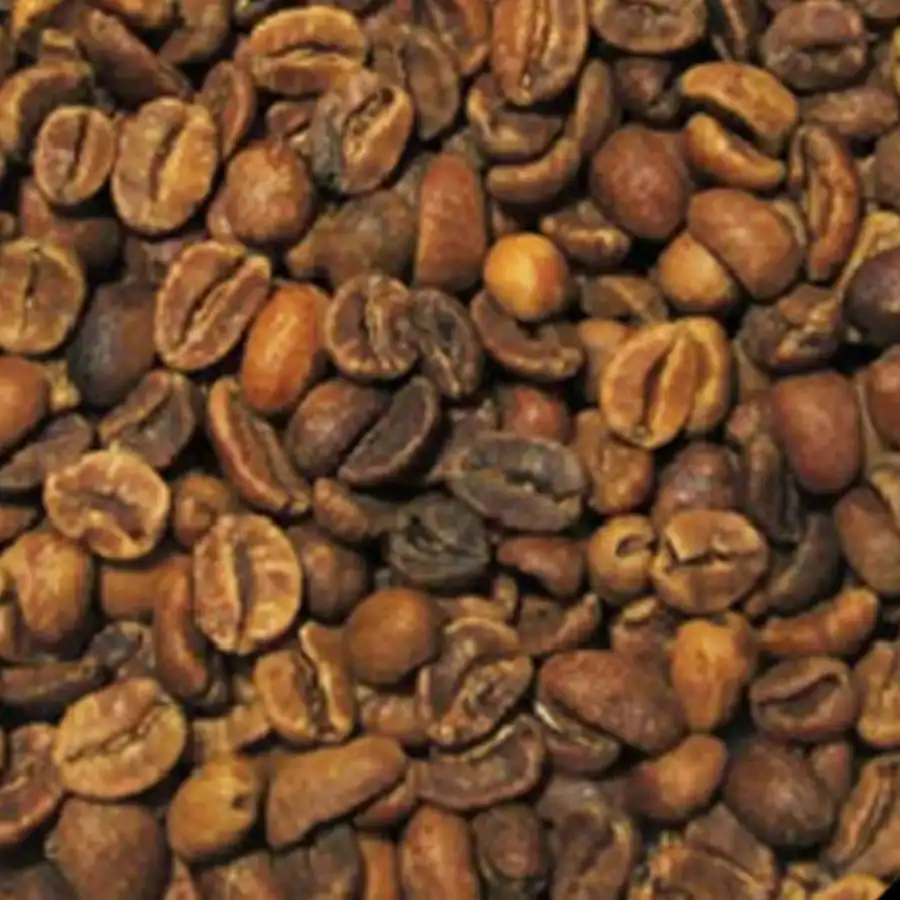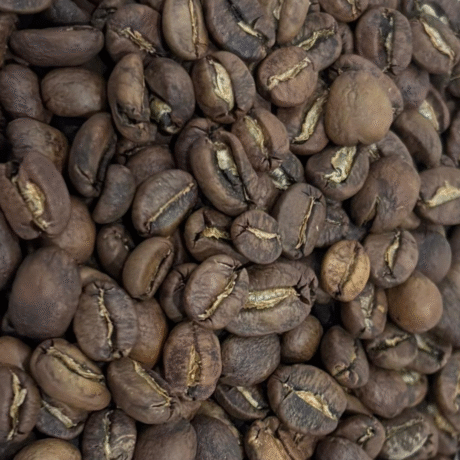Beyond Fresh: Unveiling the World of Old Crop “Post Crop” and Intentionally Aged Green Coffee Beans
When we talk about coffee, the focus is almost always on “freshness.” We envision vibrant, just-harvested beans roasted to perfection, delivering bright, aromatic cups. And for good reason – fresh crop coffee typically offers the most dynamic and nuanced flavor profiles.
However, beneath the surface of the coffee world lies a fascinating, often misunderstood, realm of green coffee beans that have seen more than just a season. This includes what’s broadly termed “old crop” and, more intriguingly, “intentionally aged” coffee. Far from being merely past their prime, these beans offer unique characteristics that challenge our conventional notions of what makes a good cup.
Old Crop vs. Aged: Understanding the Distinction
It’s crucial to differentiate between “old crop” and “aged” coffee, as their quality and purpose diverge significantly.
Old Crop (or Past Crop): The Unintentional Elder
“Old crop” generally refers to green coffee beans that have simply been stored beyond the typical “new crop” window, usually past 12 months from harvest or arrival. Their prolonged storage is often unintentional, perhaps due to slower sales, logistics, or a lack of optimal storage conditions.
As green coffee ages naturally, it undergoes chemical changes that can impact its flavor. You might notice:
- Loss of Acidity and Brightness: The vibrant, fruity, and floral notes common in fresh coffee often diminish, leading to a mellower, sometimes “flat” profile.
- Development of “Agey” Notes: These can manifest as less desirable flavors, such as woody, papery, hay-like, or even slightly musty characteristics, primarily due to the oxidation of lipids within the bean.
- Muted Aromas: The intensity and vibrancy of the original aroma can significantly lessen.
While these beans can certainly be roasted and consumed, their “goodness” becomes subjective. Roasters may adjust their approach, perhaps opting for darker roasts to help push through some of the age-related off-flavors. Proper storage is paramount; beans kept in cool, dark, and stable environments will fare much better than those exposed to fluctuating conditions.
Buy Past Crop Coffee from us:
Intentionally Aged Coffee: A Deliberate Art Form
In stark contrast to unintentional aging, “aged coffee” is a deliberate process. Here, green coffee beans are stored for extended periods – months, years, or even decades – under carefully controlled conditions with the express purpose of transforming their flavor profile. This is where the art and science of coffee aging truly shine.
Why would someone intentionally age coffee? The primary reason is to develop unique and complex flavor characteristics that simply aren’t present in fresh beans.
- Mellowed Acidity: A hallmark of aged coffees is their reduced acidity, resulting in a smoother, more rounded mouthfeel.
- Deep Earthy, Woody, and Spicy Notes: The aging process can unlock profound flavors of cedar, leather, pipe tobacco, or various exotic spices.
- Enhanced Body and Sweetness: Many aged coffees develop a fuller body and a syrupy, lingering sweetness.
- Historical Legacy: The concept of aged coffee is rooted in history. The famed Monsoon Malabar from India is a prime example. Originating from the days of long sea voyages where beans were naturally “monsooned” by humid ocean winds, producers now meticulously replicate these conditions to achieve its distinct mellow, earthy, and spicy character.
The key differentiator is the intentionality and the controlled environment. Aged coffees are meticulously monitored for temperature, humidity, and airflow, sometimes even aged in specialized warehouses or barrels to facilitate specific chemical reactions and prevent spoilage. This is a far cry from beans merely sitting in a forgotten corner of a warehouse.
Buy Aged coffee from us:
The Value of Experience
Both old crop and intentionally aged coffees offer a fascinating journey for the curious coffee enthusiast. While old crop might require a more forgiving palate and skillful roasting to bring out its best, intentionally aged coffees present a deliberate exploration of unique flavor dimensions, often becoming highly prized by connoisseurs and used to create distinctive blends.
So, the next time you encounter a coffee bean that’s seen a bit more time, remember: it might not be about being “fresh” in the conventional sense, but about offering a different, perhaps more mature, and undeniably unique cup experience.







